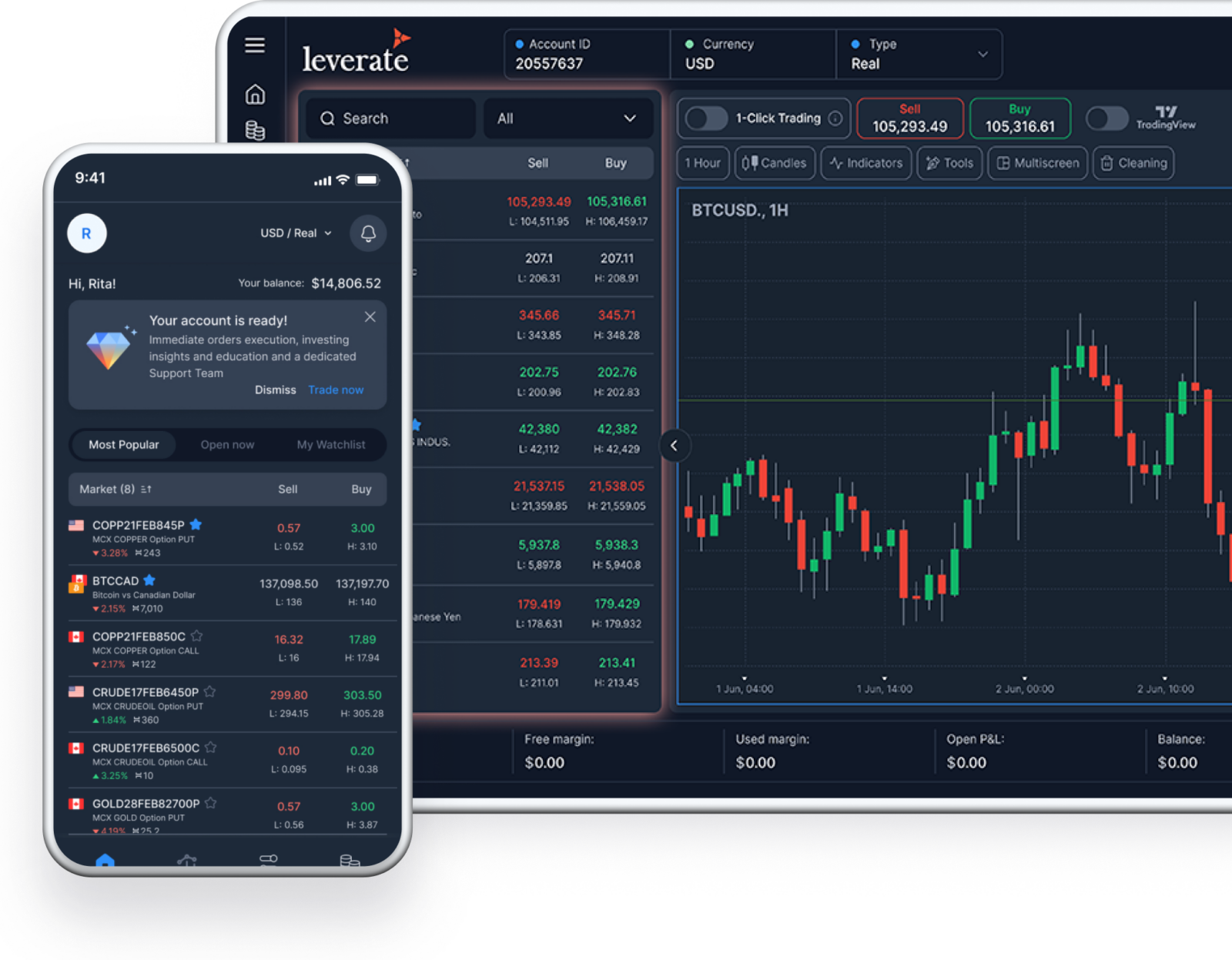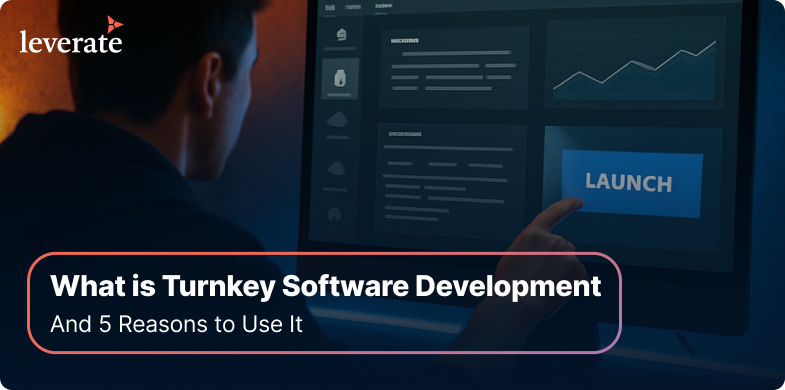Online brokerages have undergone many changes since the first ones opened in the mid-90’s. Through the ups and downs of the industry, several aspects have stayed constant. One of the elements that remains unchanged is the choice of model to use for your brokerage. With the improvement in technology, more options exist that were not available only a few years ago.
Forex trading can be quite complicated technologically, unlike share trading which can be limited to one particular exchange”, says Pablo Schvartzman, Head of Customer Success at Leverate, a leading brokerage solutions provider. “For Forex brokers to be able to provide good and quick fills for the orders placed, access to a variety of a liquidity providers is needed. In Leverate we offer LXCapital, a complete liquidity system that connects our clients to over a dozen top liquidity providers, using high-performance technology.
However, the integration of these services can differ, depending on the option. There are generally two types of integration to choose from – an ECN straight through processing (STP), or a market maker. The STP model provides direct execution of an order, allowing the order placed by the trader to go directly through and be filled. The orders go directly to a liquidity provider, among the A book brokers, where they are filled. This method allows greater transparency for the broker since they are directly facilitating the trade.
There are several benefits to the broker for this method. The first is that the broker’s profit or loss is not linked to the trader’s profit or loss. As they are merely facilitating the trade, their revenue is derived from spreads generated by trading volume. In short, the STP will profit from the amount of trades, rather than any profit or loss from the trades. This leads to the second benefit – their role as facilitators ensures that their risk is not as significant, since they do not directly act as counter parties to a trade, minimizing their need for stored liquidity and exposure to the market.
The market maker model differs from the STP by acting as a B-book broker, meaning that they are the liquidity provider or counter party to the trade. Often they use a dealing desk to screen and place orders manually, or they use software to send the order to be filled on the ECN. Since the market maker has a position in the market by acting as its own liquidity provider, its revenue is impacted by its trader’s profits or losses. As the counter party, the loss of the trader becomes their profit. Since the majority of trader’s positions are losses, this can provide a better return than profits from trading volume. However, the risk profile is larger, and with both positions and liquidity in the market, this model is susceptible to huge risk that is not possible in an STP situation.
From a trader’s perspective, the STP model generally offers critical advantages over the Market Maker model. The trades go directly to the market, ensuring that the position is filled as soon as it can be without manipulation. In the trader mind, slippage and poor filling are eradicated by an STP model. The STP model also allows for lower costs, since the lack of intervention and simple activity allows it to run automatically. The alternative market maker model, with its complex risk management, liquidity oversight and portfolio structure, needs manpower, which is reflected in the cost passed on to traders. Therefore, STP providers can generally undercut market makers with lower cost offerings, which is a great benefit to customers.
However, since market makers have the capacity to take greater profits by acting as a B-book liquidity provider, it tends to be more profitable than pure STP providers. Most brokers will offer a variety of different structures. In the last few years many traditional market makers began to offer STP ECN options as they were losing market share to the less costly STP providers.
In addition, there is the potential for a sort of hybrid market maker model, where some orders are passed to an A-book execution, while others are processed via B-book positions. The hybrid model allows brokers to enjoy both worlds – the stability of A-book execution, combined with the higher profit potential of market making”, says Pablo. “For brokers who opt for this model, our LXCapital solution comes synchronized with LXRisk – a smart risk management platform. It’s an ideal match of liquidity and risk management that gives the broker control over huge amounts of simultaneous trades, and helps him ensure accuracy and minimize exposure.
[more_in]
The benefits of an STP offering are vast, but the decision of which model to take depends more on which competing factors are going to provide the greatest benefit for your brokerage. The good news is that among the two main options above, there are many variations that will allow you to customize the system to the needs and interests of your brokerage.
















